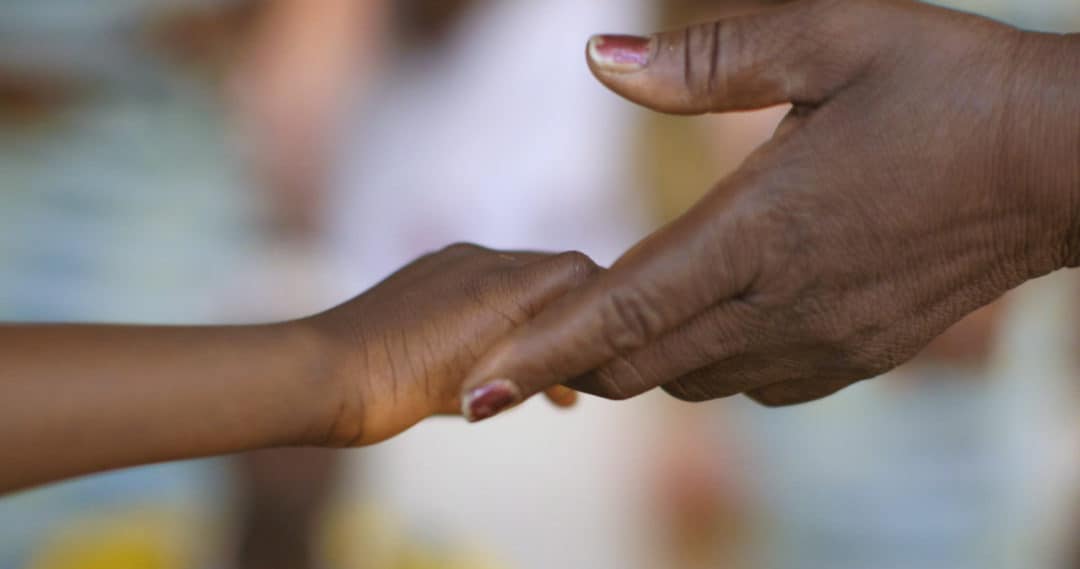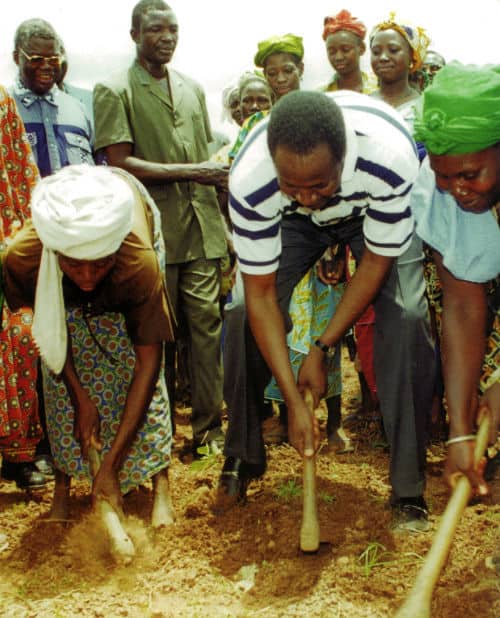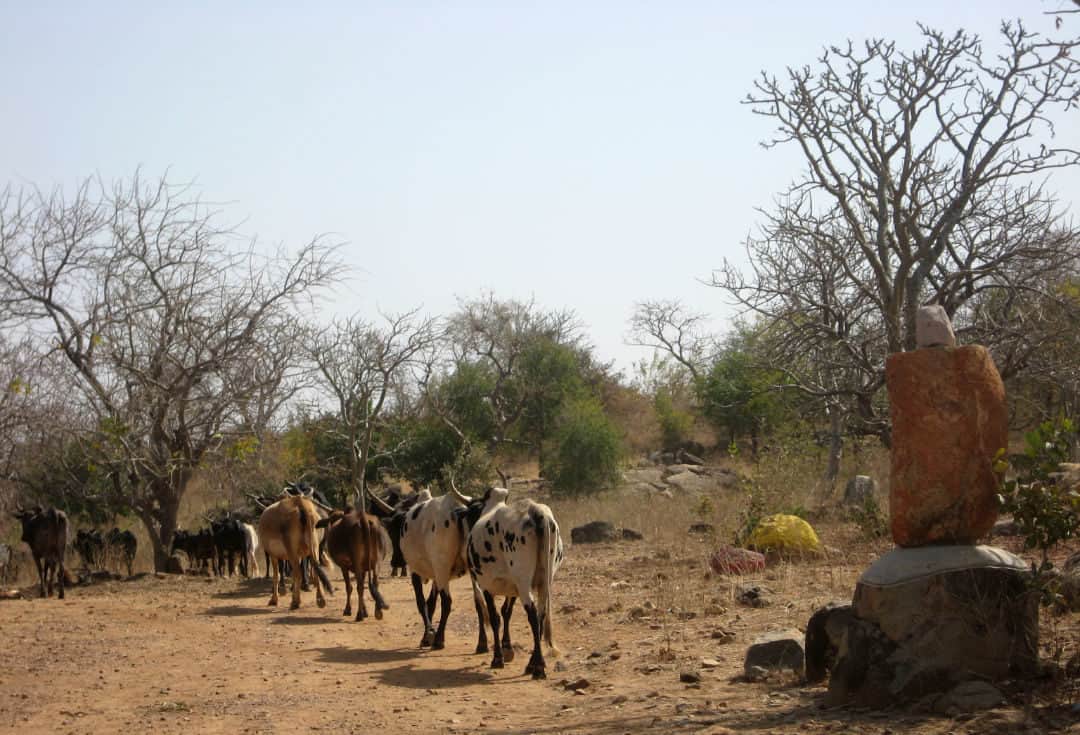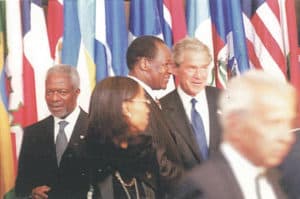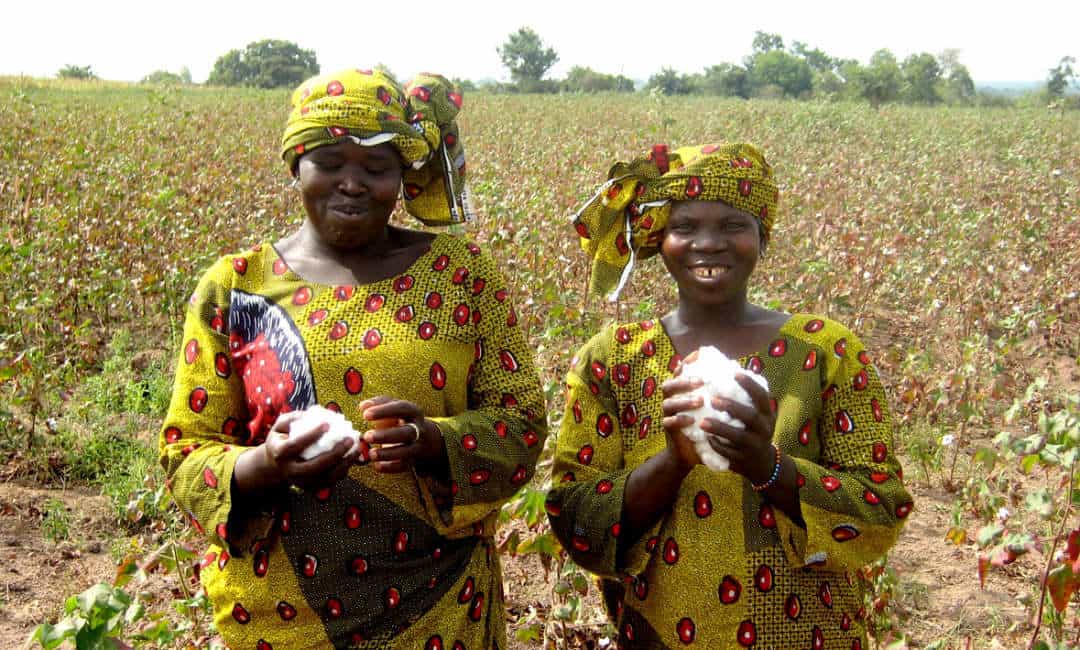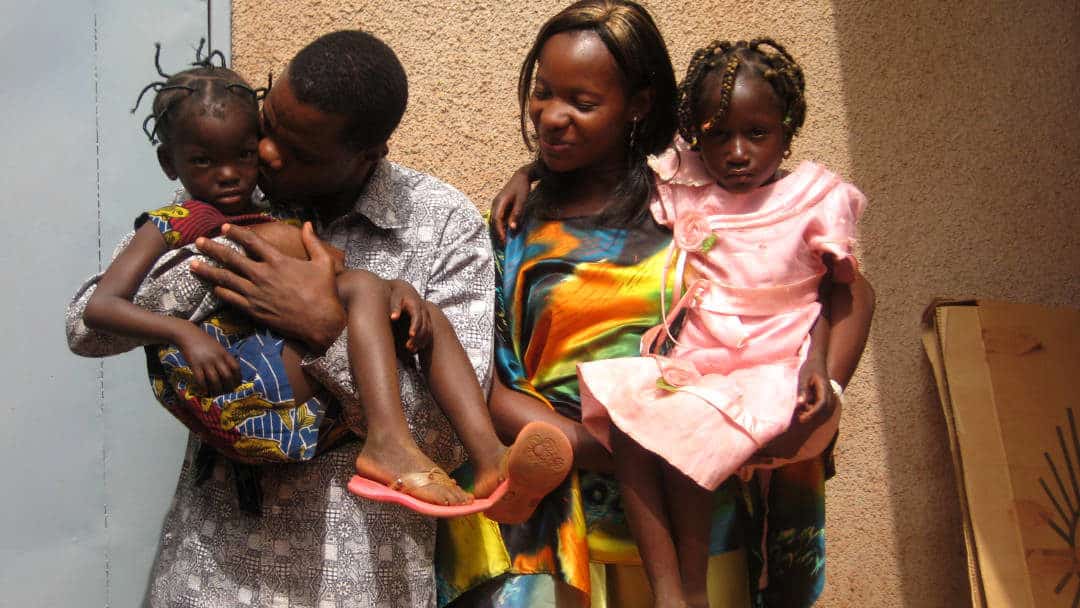Poverty Reduction by 30 %
After his election in 1991, Compaoré started tackling Burkina Faso’s chronic underdevelopment, engaging the country in free market reforms to reduce poverty (265). In 1987, bankrupt and with large budget deficits, the country’s average GDP growth increased more than fivefold between the first and second half of the 1990s (266). Burkina started the new century with a GDP growth at 5.8 %, compared with 2.3 % in Africa as a whole (267).
The four main objectives of the Compaoré administration during his second presidential term (1998-2005) and his third term (2005-2010) were: 1. accelerating inclusive and equity-oriented growth, 2. increase access to basic social services for the poor, 3. expand income and employment opportunities for the poor and 4. promoting good governance (269).
In 2000, Burkina Faso became one of the first countries to prepare a full Poverty Reduction Strategy Paper (PRSP). A second PRSP, formulated in 2004, aimed to maintain a real GDP growth above 6 % per year and halving poverty by 2015, in line with the Millennium Development Goals (MDG) (270).
Burkina’s poverty rates declined sharply, from 71 % in 1990 to 46.7 % in 2009. In 2014, 40 % of the population was living under the national poverty line of 154 061 FCFA (308 $US) (271). The average of people living in extreme poverty in Sub-Saharan Africa was 41 % (272). That means that Burkina had reduced extreme poverty significantly during Compaoré’s era.
Between 1996-2008, Burkina Faso had the highest annual income growth per capita of West Africa with 2.8 % (273). Average annual revenues per capita went up from 240 $US in 1996 to 400 US$ in 2006, meaning that in Burkina Faso average incomes had increased by nearly 30 % in real terms during those 10 years (274). This positive trend continued with a GDP per capita of 449 $US in 2007 reaching 603 $US in 2012, inferior still to the average in the region (275).
However, for the country two realities had not altered. The first one was Burkina Faso’s ranking among the bottom ten countries in the United Nations Human Development Index (276). And secondly, economic progress had remained highly vulnerable to external shocks, particularly to export commodity prices and energy costs prices as well as to weather and climate change (277).
Economic policies and results
In a country like Burkina Faso where the needs by far exceed the available resources, only firm and genuine ambition can make a lasting difference in the lives of the poor. The Compaoré administration took up the challenge, unafraid to take risks, and finding new ways to maximize its development impact. According to certain analysts, Burkina Faso had a different growth model.
The famous economist Paul Collier likes to tell the following anecdote about Burkina:
“During a visit to the Central African Republic in 2001, he asked the government that he was advising which country they did wish to be like in twenty years’ time. The ministers thought for a minute but were ominously: incontestably Burkina Faso, Burkina Faso!”
Paul Collier in The Bottom Million, 2008
It did not surprise Collier because “Burkina Faso landlocked like the Central Republican Republic, has been doing about as well as possible given those conditions (278).”
Turning Ouagadougou into the heartland of African cinema, theatre and design during the 90s, the capital from 2000 onwards, emerged as the center of the region’s diplomacy and peace initiatives (279).
The government carried through huge reforms while maintaining a rigorous and uncompromising economic policy. Inflation remained low -3%, during 2007-2012. Burkina’s take off had come about from what economists classify as “dynamic stability” (280).
In recognition of its impressive broad macroeconomic reforms, the U.S. Millennium Challenge Corporation (MCC), signed a five-year 480.94 million Compact with the government of Burkina Faso, in 2008 (281). MCC funding is a cornerstone of the U.S. strategy to jump start Africa’s economy (282).
The posterchild of the donor community
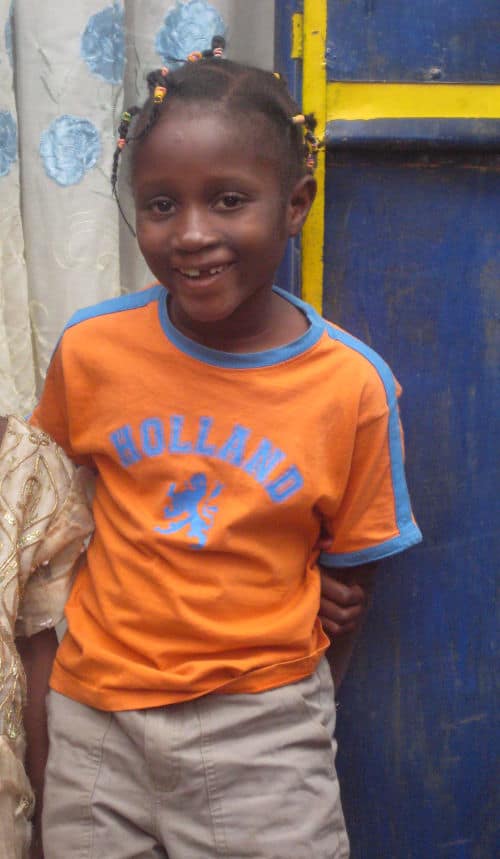 Burkina Faso steadily became the posterchild of the donor community. Considering the country’s lack of resources, Blaise Compaoré’s policy was from the very beginning focused on the constant search of new partners.
Burkina Faso steadily became the posterchild of the donor community. Considering the country’s lack of resources, Blaise Compaoré’s policy was from the very beginning focused on the constant search of new partners.
During 27 years, he carefully worked on improving image and partnerships while remaining open to all forms of cooperation. More than 16,000 thousand national and international NGO’s were operating in Burkina Faso due to the country’s history, a climate of guaranteed security and a quite efficient administration (283).
The Compaoré administration also reformed and privatized the cotton sector, turning the country into Africa’s leading conventional and organic cotton producer (284).
It was the first country in West Africa to start cultivation of Bt cotton in 2003 on an experimental basis. The main reasons for going Bt were profitability as well as reducing the environmental and health risks of pesticides. By 2007-08, genetically modified cotton became popular and farmers planted Bt cotton seeds on 120,000 hectares of land in 2009-10 (285).
Representing a 20 % share in overall exports, cotton remained the top export item for Burkina Faso since the country’s independence until 2009, when gold took over (286).
The Compaoré-administration adopted an investment code for gold production that increased with 754 kg in 2007 up to 30 tons in 2012, turning Burkina Faso into Africa’s third gold producer. Becoming the country’s main export product, its contribution to GDP growth increased from 0.1 % in 2007 to 1.2 % in 2011(287).
2010: Among the 17 emerging African countries
Economic growth came close to 8 % during the last 4 years of the Compaoré administration thanks to increase of agricultural productivity, tourism as well as state investments in infrastructure and housing (288).
During this period, higher fiscal revenue and donors support, enabled the government to increase capital spending on public works and agricultural development in order to increase resilience to external shocks, stimulate demand and provide employment opportunities (289).
In 2010, Burkina Faso was classified for the first time among the 17 emerging countries in Sub-Sahara (290). Social spending reached 7,5 % of GDP in 2012, compared to an average of 4,8 % during 2000-2006 (291). Authorities significantly intensified anti-poverty measures like building school canteens, financial support to the elderly and food security programs (292).
Within the framework of its Strategy of accelerated growth and sustainable development (SCADD), the government heavily invested in boosting agriculture, vital for poverty reduction (293). Capital expenditures averaged 11% of GDP between 2007 and 2012, well above the regional standard (294).
In its 2013 report on Burkina Faso, International Crisis Group wrote (295):
“ A poor country, Burkina Faso does, however, have a well-maintained and operational road network, good telecommunications, a regular electricity supply and a professional and regularly paid civil service ”
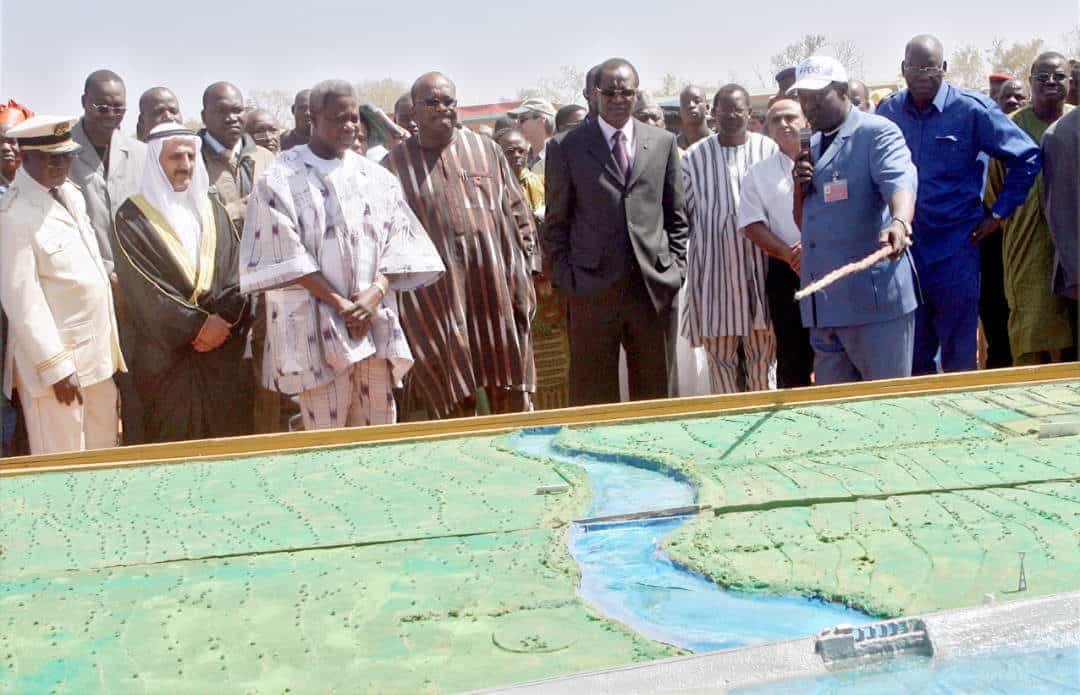
With its strategy SCADD, the government heavily invested in agriculture with capital expenditures of 11% of GDP
Compaoré’s battle against unfair trade rules
In spite of its progress, Burkina Faso is still facing enormous challenges like demographic explosion and strong urbanization. The country had the strongest urban population growth in West Africa with 6.2 % for the period 2010-2015. Nearly half of Burkina’s population is less than 15 years old (296).
Meanwhile, in 2010, the rate of urbanisation was only 26 %. In the sub-region, only Niger has less urban population (17 % in 2010).
“Better roads, electricity or water access do not make the vulnerable poor feel richer. Only guaranteed continuation of robust growth will provide better income for the poor. An easier access of Africa’s products to the world markets is of vital importance (297)”
Blaise Compaoré
Cotton and sugar are strategic for reducing poverty in West Africa. At the World Trade Organization (WTO), Compaoré advocated on behalf of the Cotton-4 countries (Benin, Burkina Faso, Mali and Chad) global trade rules that allow the African countries to trade fairly in the global economic system (298).
For example, between 2002 and 2009, the U.S. spent over 20 billion $US on cotton subsidies for about 10,000 U.S. farmers, hence approximately 2 million $US per farmer. During a video conference on October 2006 with representatives of US Congress, Compaoré requested not to rig global trade rules as a token of fundamental fairness to the poorest African countries (299).
